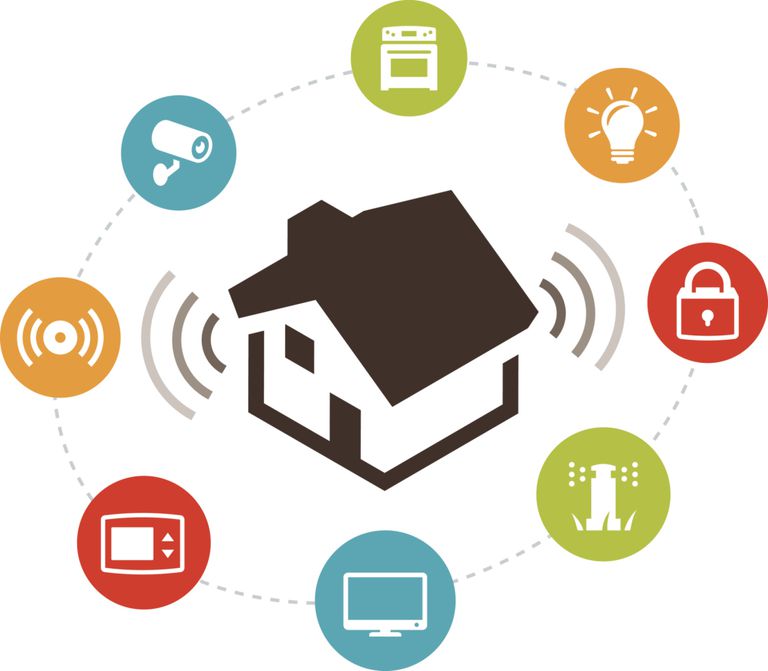The min dset of ‘get the product out the door’ sets the stage for poor user experience. For market researchers, there are many data-driven ways to gauge consumer preferences today, and tech companies can chose among surveys, interviews, focus groups and customer observation. Product life cycles in newer tech categories are shrinking, with consumers willing to replace devices that still work with newer models, hence the apparent ‘Ready, Fire, Aim’ tech cycle. In the future, we will need a new paradigm for tech user experience that can span our multiple interactions, driven by an opt-in profile about preferences and personal characteristics that can better shape interactions. We will expect that our profile will drive technology access. Today’s fragmented tech experience offers behaviors based on a disconnected set of profiles – a Starbucks profile knows what coffee I like, a Gmail profile knows about my Inbox preferences, and Marriott knows what kind of room or bed is preferred. In the future and with the assistance of conversational AI, the user should be able to override those and specify a profile that spans all tech interactions, acting as a complexity-hiding agent on the user’s behalf.
dset of ‘get the product out the door’ sets the stage for poor user experience. For market researchers, there are many data-driven ways to gauge consumer preferences today, and tech companies can chose among surveys, interviews, focus groups and customer observation. Product life cycles in newer tech categories are shrinking, with consumers willing to replace devices that still work with newer models, hence the apparent ‘Ready, Fire, Aim’ tech cycle. In the future, we will need a new paradigm for tech user experience that can span our multiple interactions, driven by an opt-in profile about preferences and personal characteristics that can better shape interactions. We will expect that our profile will drive technology access. Today’s fragmented tech experience offers behaviors based on a disconnected set of profiles – a Starbucks profile knows what coffee I like, a Gmail profile knows about my Inbox preferences, and Marriott knows what kind of room or bed is preferred. In the future and with the assistance of conversational AI, the user should be able to override those and specify a profile that spans all tech interactions, acting as a complexity-hiding agent on the user’s behalf.
Facial recognition profiles today enable easy device access and authentication. In the future their use will be expanded. When a profile is used by a device, capabilities like face recognition/unlock can enable bypassing of sign-on steps on smartphones and tablets. Because the users have already given permission, personality preferences can be saved and remembered. Just as it is already available on various banking and hotel applications, facial recognition will increasingly be available across the most frequently used consumer applications for easier authentication and identification.
Privacy protection will be required. With an opt-in profile, it will be feasible to inquire and get our consent to share data with a selected set of participating organizations. In the future, in the healthcare world, the plethora of portals may not be required since we will have already agreed to share data with a few selected organizations and systems that are used -- and it will be up to those systems owners to share our data with our permission.
Voice-enabled personalization is increasingly viable with AI. Whether it is through an app associated with a smart speaker or on a smartphone, once the user is identified, the content presented can be personalized, either through questions to verify the speaker, or through a profile associated with the device and software. The value of personalization has already been quantified for consumer purchasing, travel recommendations and more. Within the next few years, more tech experiences will be personalized with willingly provided profile data.
[From the upcoming report, "The Future of the Tech User Experience" to be released in May 2024.

